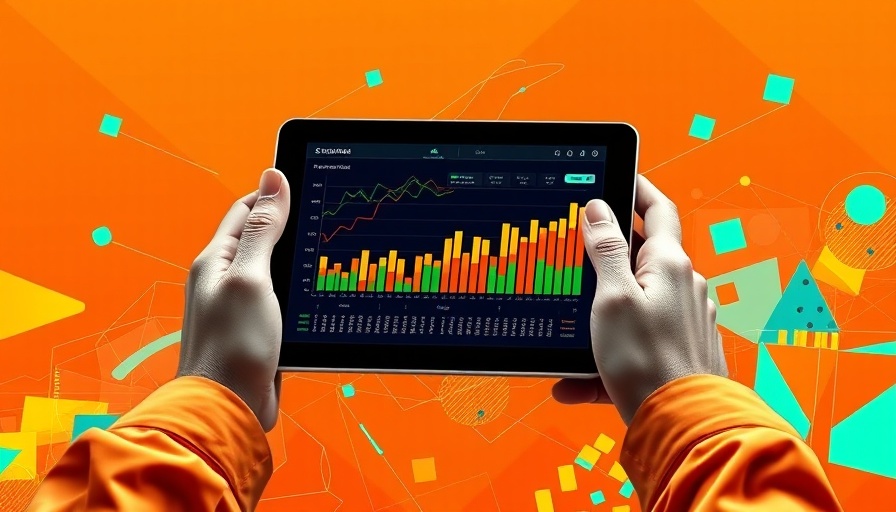
Understanding Data Visualization: Making Sense of Numbers
Data visualization is more than just a set of graphs and charts; it's a powerful tool that transforms raw numbers into meaningful stories. By representing data visually, whether through a simple pie chart or a complex interactive map, we can quickly decipher patterns and trends that would otherwise remain hidden within endless rows of figures.
The Importance of Clear Visual Representation
When complex data points are distilled into visual formats, they become more accessible to audiences, allowing for quicker understanding and better decision-making. For instance, companies are increasingly turning to data storytelling, where visuals not only depict statistical facts but also convey narratives that influence actions. This approach is crucial in marketing, where interpreting customer behavior data can lead to more targeted strategies.
Best Practices for Effective Data Visualization
Creating compelling visualizations requires a grasp of certain best practices. Start by understanding your audience and their needs—what do they find interesting? Then choose the right type of visual, be it a bar chart for comparisons or a line graph for trends over time. Ensure clarity by using consistent color schemes, labels, and legends, and remember that simplicity often trumps complexity in making visuals impactful.
Tools and Resources for Your Visualization Journey
With various tools available, such as Tableau, Google Data Studio, and Microsoft Power BI, even novices can create effective data visuals. Many of these platforms offer templates that can streamline the visualization process. Moreover, online resources and tutorials can further enhance your skills, allowing you to become proficient in turning raw data into visual masterpieces.
Final Thoughts: Why Visuals Matter
In a world inundated with data, those who can visualize information effectively will have the upper hand. Being able to understand and leverage data visuals can differentiate a successful marketing strategy from a mediocre one. Investing time in learning and employing data visualization techniques can significantly enhance your insights and drive impactful decisions in your organization.
 Add Row
Add Row  Add Element
Add Element 


 Add Row
Add Row  Add
Add 

Write A Comment